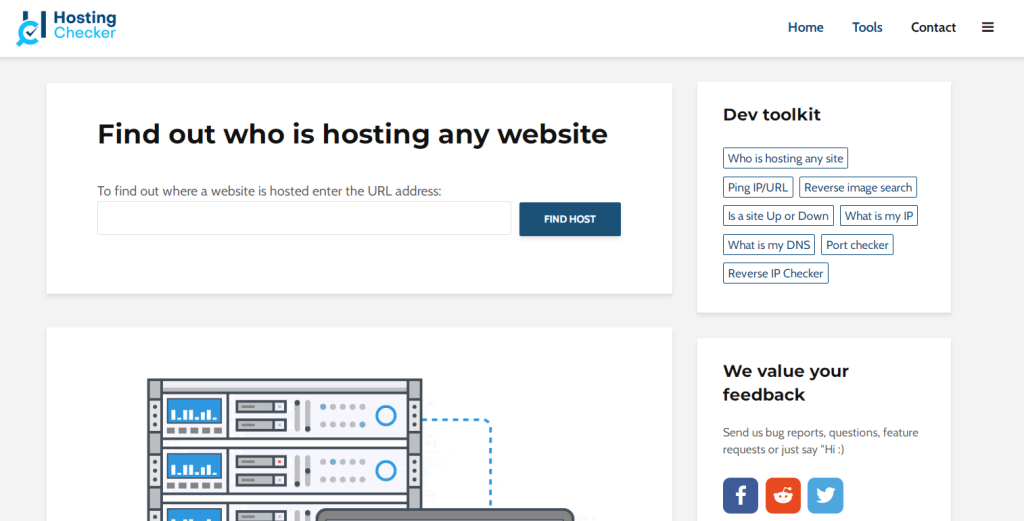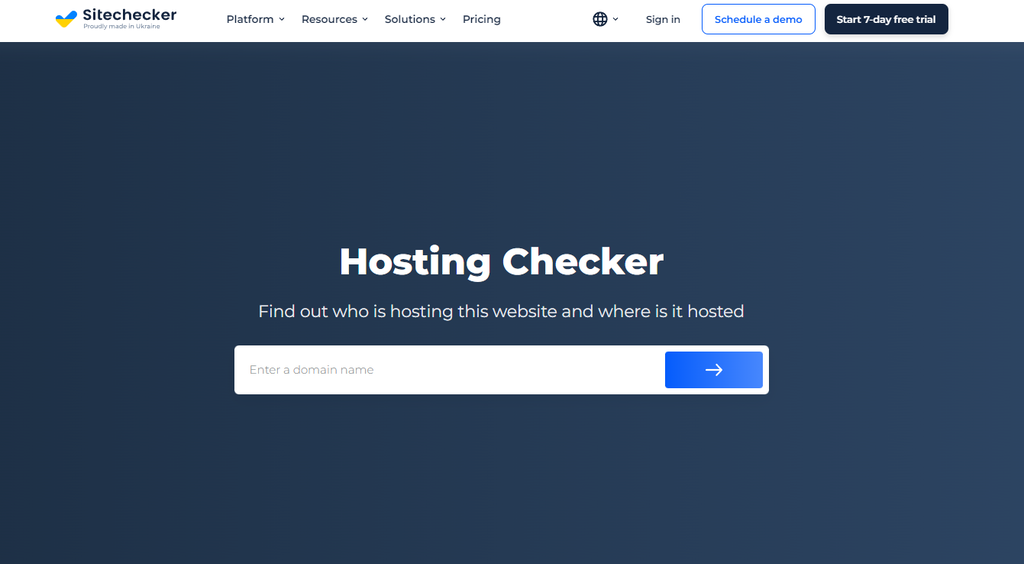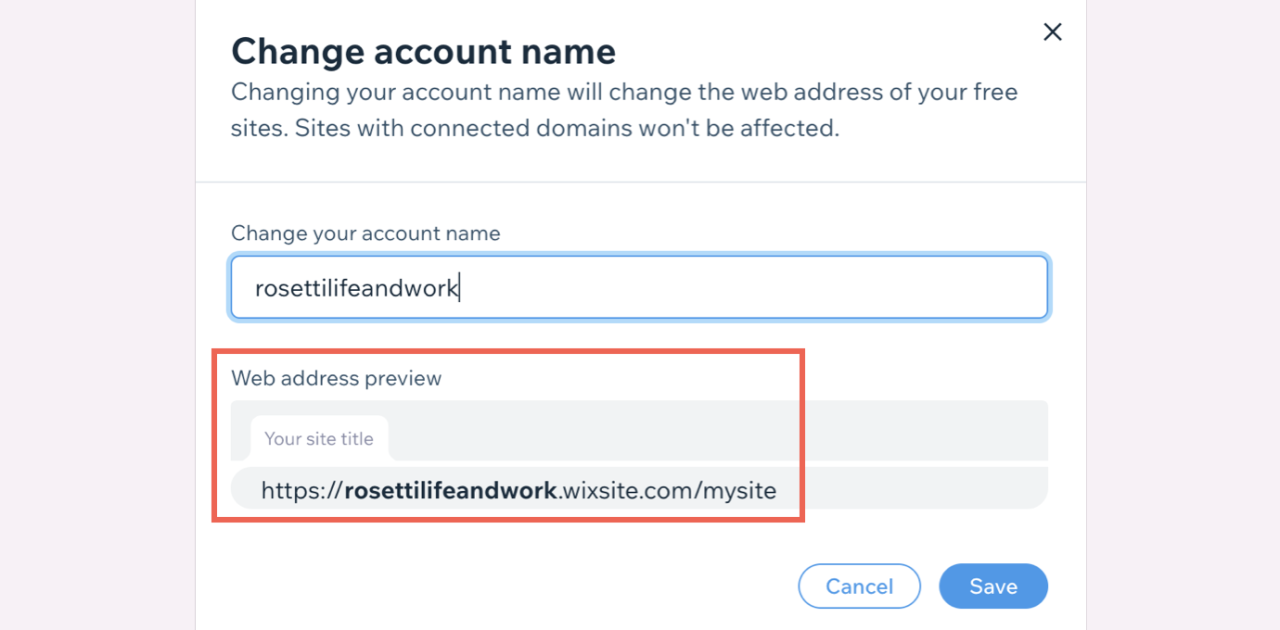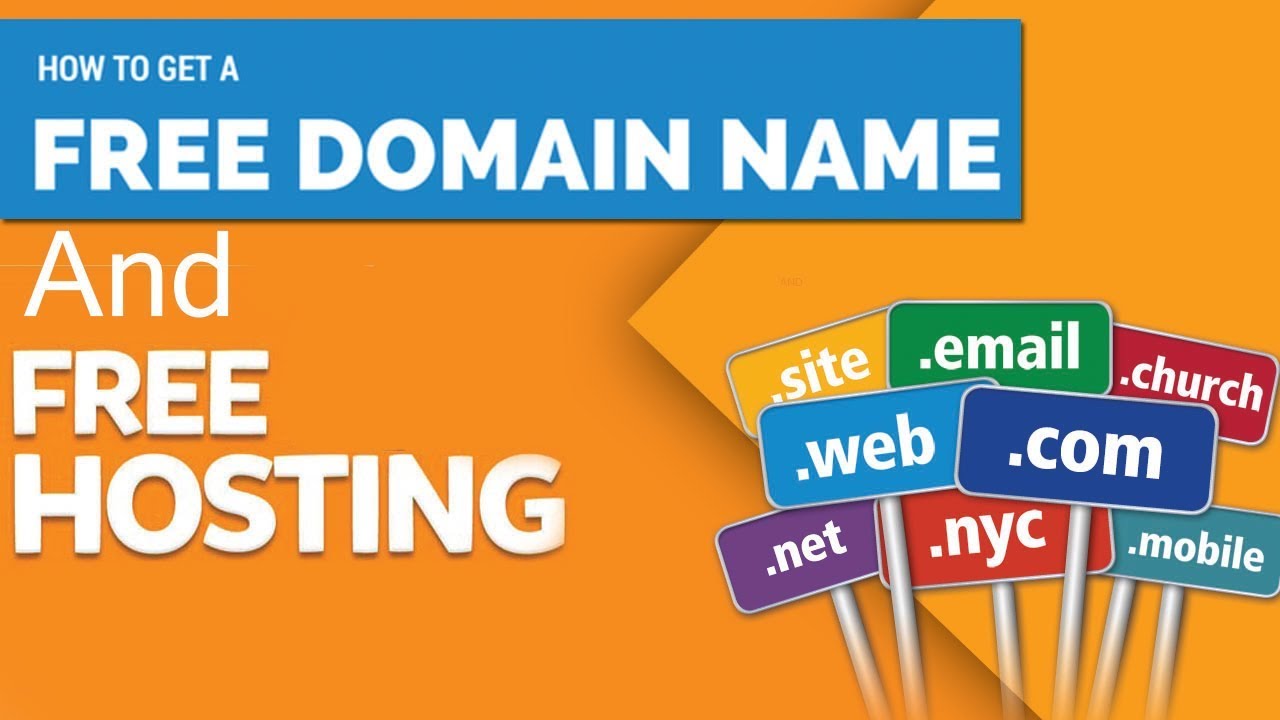Check website hosting is a crucial step in building a successful online presence. It involves choosing the right platform to host your website’s files and data, ensuring smooth operation and accessibility for your visitors. This decision impacts website performance, security, and scalability, making it essential to carefully consider your needs and explore various hosting options available.
Understanding the different types of website hosting, such as shared, VPS, dedicated, and cloud, is fundamental. Each type offers distinct advantages and disadvantages, catering to specific website requirements and budgets. For instance, shared hosting is ideal for small websites with low traffic, while dedicated hosting provides maximum control and resources for high-traffic websites demanding superior performance.
Website Maintenance and Hosting
Website maintenance is a crucial aspect of owning and operating a website. It ensures smooth operation, security, and optimal performance. This involves a range of tasks, many of which are handled by hosting providers.
Hosting Provider Responsibilities, Check website hosting
Hosting providers play a vital role in maintaining the infrastructure that supports your website. They are responsible for:
- Server Uptime and Reliability: Ensuring that your website is accessible to visitors 24/7. This involves maintaining the server hardware and software, and implementing redundancy measures to minimize downtime.
- Security: Implementing security measures to protect your website from cyber threats, such as malware, hacking, and data breaches. This includes firewalls, intrusion detection systems, and regular security updates.
- Data Backups: Creating regular backups of your website data to protect against accidental data loss or system failures. This allows for quick recovery in case of an emergency.
- Performance Optimization: Optimizing server resources and network infrastructure to ensure fast loading times and a positive user experience.
- Technical Support: Providing technical support to website owners in case of issues or emergencies. This can include troubleshooting, software updates, and security assistance.
Common Website Maintenance Tasks
While hosting providers handle some maintenance tasks, website owners also have responsibilities to ensure their websites run smoothly. These include:
- Regular Backups: In addition to backups provided by the hosting provider, website owners should create their own backups regularly. This ensures data redundancy and allows for recovery in case of accidental deletion or data corruption.
- Software Updates: Regularly updating website software, including content management systems (CMS), plugins, and themes, is essential for security and performance. Updates often include security patches and bug fixes, which are crucial for protecting your website from vulnerabilities.
- Content Management: Maintaining and updating website content, including text, images, and videos, is important for keeping your website fresh and engaging for visitors. This includes adding new content, updating existing information, and removing outdated or irrelevant material.
- Monitoring Website Performance: Regularly monitoring website performance metrics, such as page load times, bounce rate, and traffic, helps identify potential issues and areas for improvement. Tools like Google Analytics provide valuable insights into website performance and user behavior.
- Security Monitoring: Regularly monitoring website security is crucial to detect and address potential threats. This includes checking for malware, vulnerabilities, and unauthorized access attempts.
Website Maintenance Checklist
Website owners can use this checklist to ensure regular maintenance:
- Backup: Create a full backup of your website data, including files, database, and configuration settings, at least once a week.
- Software Updates: Update your CMS, plugins, and themes to the latest versions regularly. This ensures security and compatibility.
- Content Audit: Review your website content regularly and update or remove outdated or irrelevant information. This ensures a fresh and engaging user experience.
- Performance Monitoring: Use tools like Google Analytics to monitor website performance metrics, such as page load times and bounce rate. Identify areas for improvement.
- Security Monitoring: Regularly scan your website for malware and vulnerabilities. Use security plugins or services to protect your website from threats.
- Check for Broken Links: Regularly check for broken links on your website. Broken links can negatively impact user experience and .
- Review Analytics: Analyze website traffic data to understand user behavior and identify areas for improvement.
- Test Mobile Responsiveness: Ensure your website is responsive and accessible on different devices, including smartphones and tablets.
- Optimize Images: Optimize images for faster loading times and improved website performance.
Common Hosting Issues and Solutions

Website hosting is essential for any online presence, but it’s not always smooth sailing. Even with the best hosting provider, you may encounter issues that affect your website’s performance and availability. This section explores common hosting issues and provides practical solutions to help you keep your website running smoothly.
Downtime
Downtime refers to periods when your website is unavailable to visitors. It can be caused by various factors, including server outages, network issues, and website errors. Downtime can significantly impact your website’s traffic, , and user experience.
Downtime can be minimized by choosing a reliable hosting provider with a strong uptime guarantee, monitoring your website regularly, and having a plan in place to quickly resolve any issues.
- Server Outages: These can be caused by hardware failures, software bugs, or power outages. Your hosting provider should have redundancy measures in place to minimize the impact of server outages.
- Network Issues: Network connectivity problems can also cause downtime. This can be due to issues with your internet service provider (ISP) or your hosting provider’s network infrastructure.
- Website Errors: These can be caused by code errors, database issues, or configuration problems. It’s important to regularly test your website for errors and have a process for resolving them quickly.
Slow Loading Times
Slow loading times can frustrate visitors and drive them away from your website. This can be caused by various factors, including slow server response times, large file sizes, and inefficient website code.
You can improve website speed by optimizing your website’s code, using a content delivery network (CDN), and compressing images.
- Slow Server Response Times: If your server is overloaded or underpowered, it can take longer to process requests and deliver content to visitors. Consider upgrading your hosting plan or choosing a more powerful server.
- Large File Sizes: Images, videos, and other large files can slow down your website’s loading times. Optimize images for the web, compress files, and use lazy loading for images that are not immediately visible on the page.
- Inefficient Website Code: Poorly written or bloated code can also slow down your website. Minimize HTTP requests, use caching plugins, and optimize your code for performance.
Security Breaches
Security breaches can compromise your website’s data, damage your reputation, and cost you money. They can be caused by vulnerabilities in your website’s code, outdated software, or weak passwords.
Protecting your website from security breaches requires a multi-layered approach, including using strong passwords, updating software regularly, and implementing security measures such as firewalls and malware scanners.
- Vulnerabilities in Website Code: Outdated or poorly written code can create vulnerabilities that hackers can exploit. Regularly update your website’s code and use a web application firewall (WAF) to protect against common attacks.
- Outdated Software: Outdated software can contain known vulnerabilities that hackers can exploit. Keep your website’s software, including plugins and themes, up to date to patch security holes.
- Weak Passwords: Weak passwords make it easy for hackers to gain access to your website. Use strong, unique passwords for all your website accounts and enable two-factor authentication for added security.
Limited Resources
Limited resources can hinder your website’s performance and growth. This can include insufficient disk space, bandwidth, or processing power.
You can address limited resources by upgrading your hosting plan, optimizing your website’s content, and using caching plugins.
- Insufficient Disk Space: If you run out of disk space, your website may become inaccessible. Regularly clean up your website’s files, optimize images, and consider upgrading your hosting plan if necessary.
- Bandwidth Limits: If your website receives a lot of traffic, you may exceed your bandwidth limits. Consider upgrading your hosting plan or using a CDN to distribute content across multiple servers.
- Limited Processing Power: If your website is experiencing slow performance, you may need more processing power. Consider upgrading your hosting plan or optimizing your website’s code to reduce server load.
Final Thoughts: Check Website Hosting

Choosing the right website hosting is not just about finding the cheapest option; it’s about finding the best fit for your website’s needs. By carefully considering factors like uptime, bandwidth, storage space, security, and customer support, you can make an informed decision that ensures a reliable and efficient online presence. Regularly evaluating your hosting provider and adapting your plan as your website grows is essential for sustained success.




